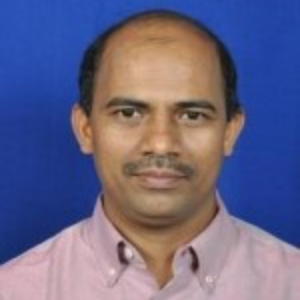Title : Creep fatigue crack growth (CFCG) studies on P91 steel
Abstract:
Components operating under elevated temperature are often subjected to cyclic type of loading, rendering crack growth due to creep–fatigue conditions, a significant concern during the design and service life-cycle of the component. An exhaustive comprehension of creep-fatigue crack growth behaviour is mandatory for quantifying and predicting the extent and scope of long-term failure in power stations. P91 steel finds widespread use in conventional power plant components. The American Society for Testing and Materials (ASTM) has in recent years come up with a novel standard for creep-fatigue crack growth (CFCG) testing, E 2760-19, wherein, compact testing specimens, C(T), are subjected to trapezoidal load-controlled conditions. The behaviour of P91 steel under CFCG conditions has been extensively studied under different force ratios: 0.1, 0.5, 0.8 and dwell times: 10s, 60s and 600s at a temperature of 600oC. The CFCG data has been analysed by means of stress intensity factor range parameter, ΔK and (Ct)avg parameter along with C* and (Ct)SSC. The variation in (Ct)avg, (Ct)SSC and C* with respect to number of cycles, for different force ratios and dwell times has been evaluated. The evaluation of load-line displacement reveals that P91 steel is a creep-ductile material. The crack tunnelling phenomenon has been extensively evaluated and discussed, along with quantification of the propagation of crack growth fronts. Wherever the specimen is subjected to higher dwell times, the rate of crack growth (da/dt)avg is subdued, when compared to the specimens subjected to lower dwell periods. Fractography was performed on the fracture surface; total CFCG portion is divided into 3 equidistant parts. Crack growth in the first portion during the initial part of crack propagation takes up a majority (60-90%) of the total life-cycle of the sample.
Audience Take Away Notes:
- The audience would learn how to conduct Creep Fatigue Crack Growth tests as per ASTM 2760 to evaluate the real-time lifecycle of components
- This work would help the audience understand different aspects of determining crack growth rates via DCPD and fractographic analysis
- In-depth information regarding the calculation and evaluation of various crack growth parameters and determining the creep ductile and creep brittle nature of specimens is provided
- It will help in understanding the CFCG behavior of weld and base metals of P91



